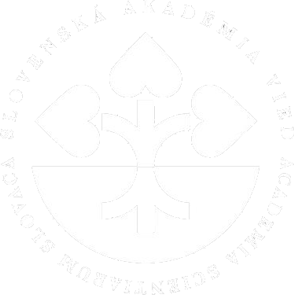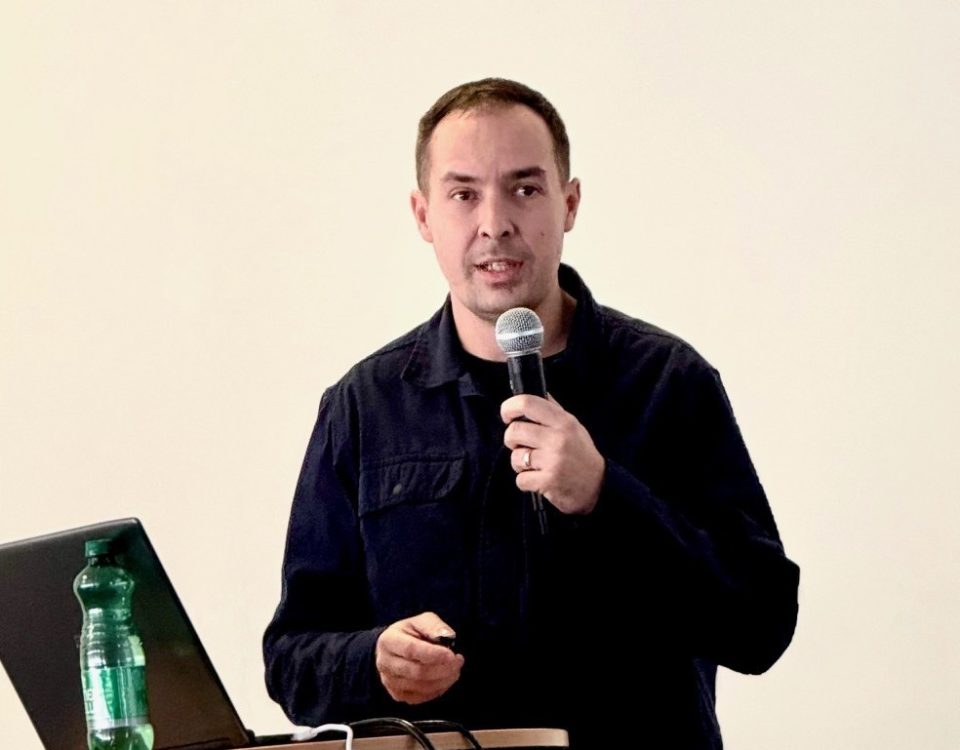This website uses cookies so that we can provide you with the best user experience possible. Cookie information is stored in your browser and performs functions such as recognising you when you return to our website and helping our team to understand which sections of the website you find most interesting and useful.
Students had a brief insight into scientific happiness
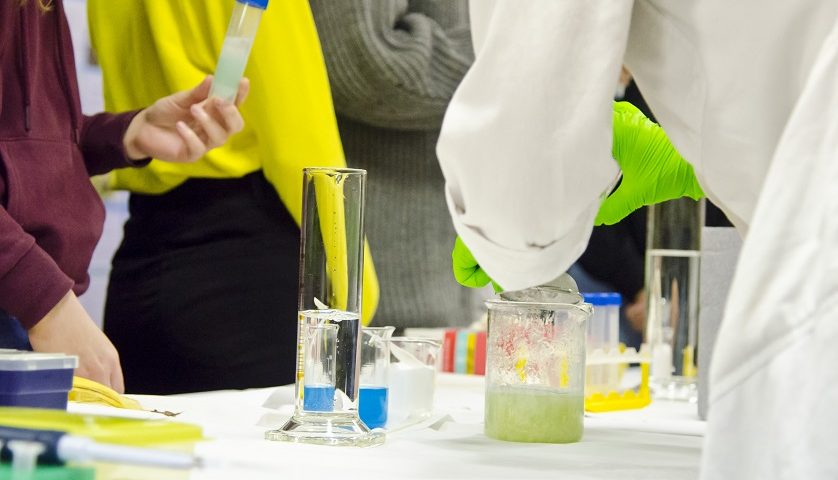
Serendipity. One of the ten most difficult words to translate, was explained by prof. Silvia Pastoreková, the director of Biomedical Research Center SAS (BMC SAS), at the beginning of the BMC SAS Open day. This word means scientific happiness, but is it just a coincidence or a deeper discovery that supports our subconsciousness? Scientists are clear on this. Scientific happiness works on simple but all the more important principles. First of all, it is necessary to fill the mind with knowledge, thanks to which our subconscious mind tries different combinations. Only on such a basis can a coincidence illuminate our mind and reveal a solution where our mind then formulates the idea itself. As prof. Silvia Pastoreková put it, “scientific discovery requires knowledge, effort and foresight.”
Through lectures and interactive activities at the BMC SAS Open Day, approximately 150 students approached science and research.
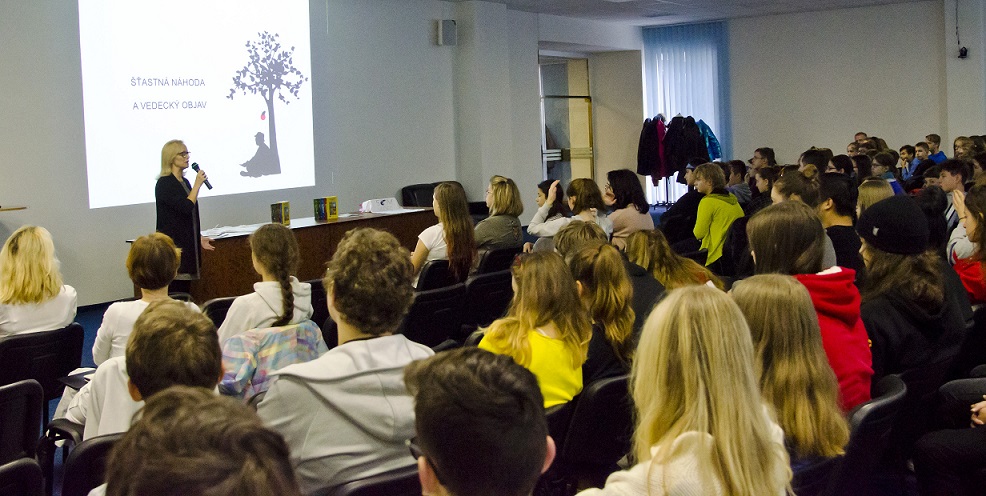
Ako je to s vedeckým šťastím? (Deň otvorených dverí BMC SAV 2019)
MUDr. Adela Penesová, PhD. from the Institute of Clinical and Translational Research BMC SAS in her research deals with obesity, as well as diseases related to it. But how are obesity and fat related? And is fat important and necessary for us at all? Definitely yes. As said during the lecture, fat plays an important role in our body. Whether as part of cell membranes or for its importance for hormone synthesis. But what needs to be careful about is its increased reserves in the body, which lead to the mentioned obesity. Obesity itself, even in children and adolescents, leads to many risks. Whether it’s the risk of diabetes, cardiovascular diseases, liver and gallbladder diseases, and more, not to mention the hormonal changes that every teenager goes through. Dr. Penesová adds that due to the positive but also negative effects of fat in our body, “no extreme is good.”
After an interesting topic about fat and obesity, the question was whether cancer can be prevented, what causes it and how important prevention is. Ing. Silvia Schmidtová, PhD. and Mgr. Ján Roška from the Cancer Research Institute BMC SAS explained that cancer is not a single disease, but a group of cancer diseases, of which there are about 200, and where every organ can be affected. But how does it all start and why does it happen? There are several billion living cells in our body, which, when damaged at the level of genetic information by chemical, physical or biological intervention, damage DNA, and properties of the cell change. That’s why DNA protection is so important. After this information, students got ahead of the topic and immediately asked the question of what we can do to prevent cancer. There is no simple answer. But we can certainly avoid risk factors such as the elimination of smoking, minimizing smoked meats and grilled food, healthy eating and, following the previous topic, there is a limit for everything. There was a rustle in the hall 🙂
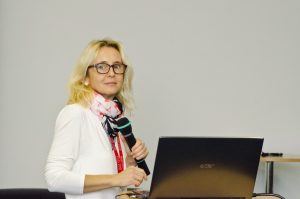
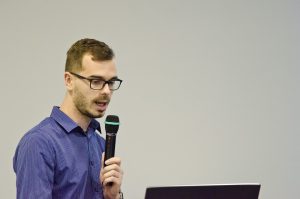
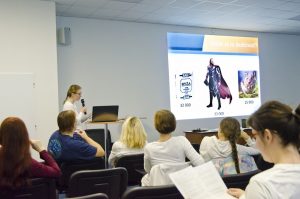
From RNDr. Alexandra Zahradníková, PhD. from the Institute of Experimental Endocrinology BMC SAS students learned something about the heart and its growth. Students learned an interesting fact from the lecture, namely that the growth of the heart is caused by stress. The heart works well under a healthy load, but it stops working under an unhealthy load. And you have to be careful about that. But what is it like?, the students who had already guessed something wanted to verify it. And Dr. Zahradníková confirmed it. For the heart, unhealthy stress is, for example, high blood pressure, smoking, constant stress, ie those that work constantly and do not allow regeneration, and, of course, obesity, following the topic of Dr. Penesová. And what did she finally advise to the young generation? “Play sports regularly, go to nature and the mountains, eat healthy and don’t avoid school tests!”…
The topic of viruses and protection against them was also presented in the full hall. It was introduced by Mgr. Miriam Mikušová from the Institute of Virology BMC SAS and questions from students proved its topicality. They learned what viruses look like, why they spread so easily, as well as whether and how vaccination helps, what treatment to choose, when an epidemic and pandemic occur, but also the fact that viruses can also help. And it was vaccination and prevention of viral disease that raised the most questions. So how do you fight viruses? A young doctoral canditate Miriam recommends vaccinating and covering your mouth while coughing, and she also added a few tips for treatment. “Remember to rest and do not confuse antibiotics and antivirals.”
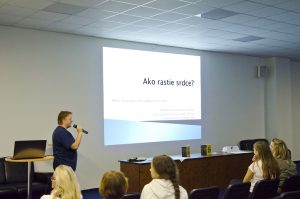
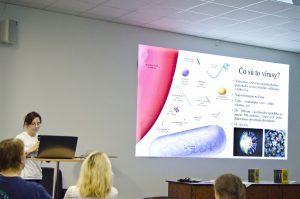
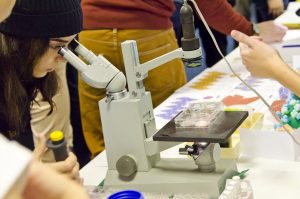
The information cocktail also included interactive activities, which supported the lectures with practical examples. Students were able to create a DNA helix model from sweets and try the DNA isolation from a banana, thus being able to learn more about its structure. As part of the prevention of obesity as well as other diseases, they were able to measure blood pressure, rest metabolism, expand their knowledge of a healthy lifestyle and test their strength. Viruses have not been forgotten either. Students observed animal cells and watched live how the researchers were helping to visualize the infected cells. They also looked at the various stages of tick development, learning to recognize several types of ticks, as well as the differences between male and female. And can plants be infected with the virus? The students learned that they can. Viruses can infect everything alive on Earth.
And how was BMC SAS Open day closed? The young generation competed in pipetting and the most interesting questions won small prizes.
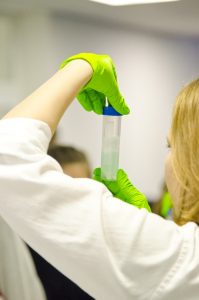
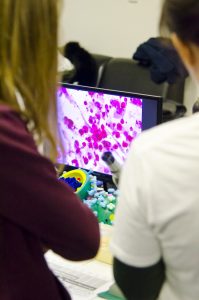
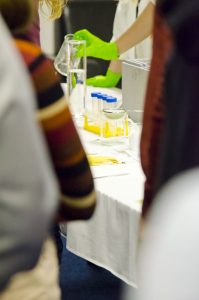
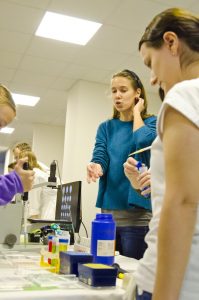
Simultaneously with BMC SAS Open Day in Bratislava, a similar event took place at the Institute of Neurobiology BMC SAS in Košice. The thematic points were prepared for participants in order to guide them through workplaces of basic research focused on the central nervous system. They visited the operating rooms, histology laboratory and behavioral laboratory, where they could try the preparation / cutting of samples on a cryostat, methods of staining specimens, a test room for animals with treadmills and a water labyrinth and much more.
BMC SAS Open Day in Bratislava, as well as in Košice, took place as part of the Science and Technology Week in Slovakia 2019.





